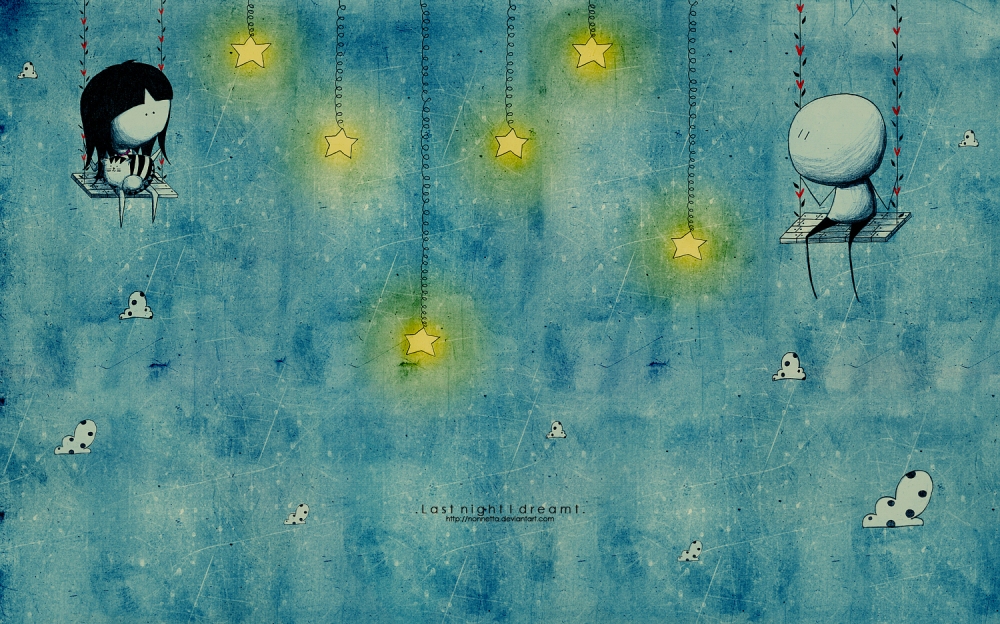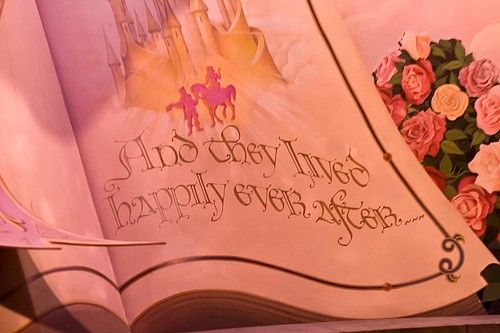Dreams

Q.Does the theme reinforce or go against what most people think?
A.The theme of The Alchemist is to listen to follow your heart and to transform dreams into reality. Santiago was a young boy who decided he wanted to travel although his father insisted that he became a priest. Santiago became a shepherd and was happy but then he dreamt of a foreign place. When he had the dreamed translated he learned that he had a personal legend to find treasure.
“And dreams are the language of God. When he speaks in our language, i can interpret what he has said.”(15 Coelho).
This gypsy woman was the pivotal point where Santiago finds what he lives for but he doesn’t quite understand it yet. At first he shrugs off what the gypsy said but then he met an old man who tells him the same thing and convinces him by telling him things of his past that nobody knew. By following his heart he was able to find the treasure and a woman that would become his wife. But along the way he had to overcome a lot of obstacles. I feel like the theme would go against what some people think. Some people find the world to be cruel and unfair so they don’t follow their heart and are only left to dream of what could be but don’t put action to it so they are stuck to live miserable lives. We must follow our dreams and acknowledge that there will be obstacles but that it must not derail us from our personal legends.
Coelho, Paulo, Paulo Coelho, and Alan Clarke. The Alchemist. San Francisco: HarperSanFrancisco, 1993. Print.




 Q.Are any of the characters a developing character, changing over time? If so, is the change a large or small one? Is the change believable for the character in her situation?
Q.Are any of the characters a developing character, changing over time? If so, is the change a large or small one? Is the change believable for the character in her situation?
